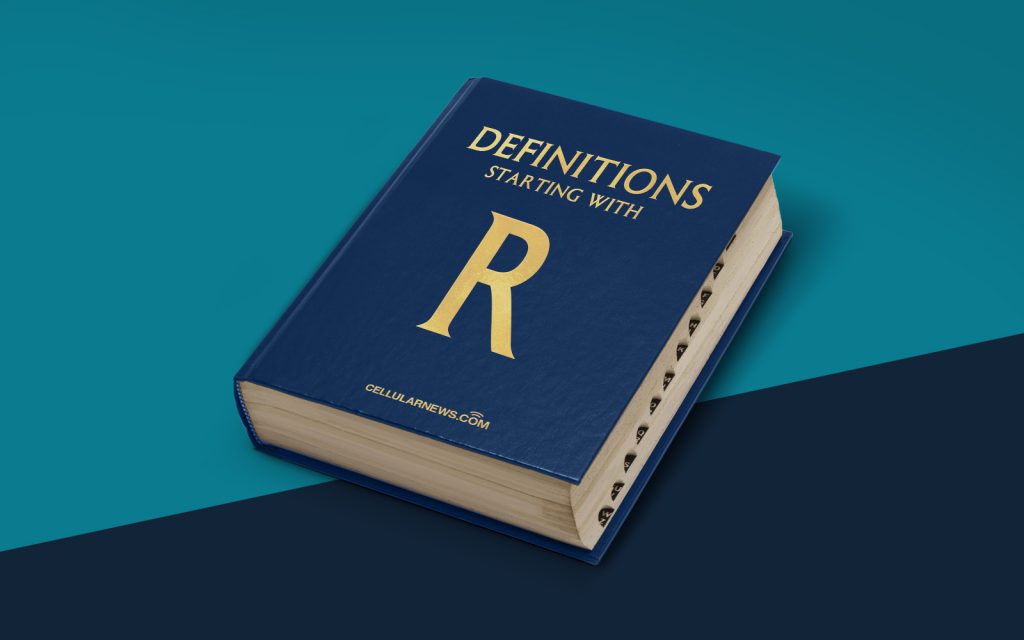
Understanding the Art of Rotoscoping
Have you ever wondered how they create those incredible visual effects in movies and animations? Well, one of the techniques used by professionals in the industry is called roto – short for rotoscoping. Rotoscoping is a fascinating process that combines the realms of art, technology, and entertainment.
Key Takeaways
- Rotoscoping is an animation technique that involves tracing over live-action footage frame by frame to create realistic and dynamic visuals.
- It requires time, patience, and precision to achieve a seamless blend between live-action and animated elements.
Rotoscoping can be described as a bridging technique that intertwines reality with imagination. It allows animators and filmmakers to take real-world footage and transform it into something entirely different – something surreal, magical, or out of this world.
So, how does the process of rotoscoping work? Let’s break it down:
1. Tracing the Footage
The first step in the rotoscoping process is to carefully analyze and trace the live-action footage frame by frame. This can be a painstaking and time-consuming task, as each frame needs to be accurately traced to maintain consistency and fluidity in the final animation.
The animator uses specialized software and tools to trace over key elements and create a mask, isolating the desired subject from the background. The level of detail and precision required in this step is what sets rotoscoping apart from other animation techniques.
2. Adding Life and Motion
Once the footage has been traced and the desired subject is isolated, the real magic of rotoscoping comes into play. The animator has the creative freedom to add life and movement to the animated elements. By using their artistic skills and imagination, they can enhance the original footage, creating dynamic and visually striking animations.
This step involves manipulating the traced frames, adding and adjusting keyframes to create fluid motion, and refining the details to achieve a seamless blend between the live-action and animated elements. It’s the animator’s opportunity to breathe life into the static frames and bring the characters or objects to life.
While rotoscoping is commonly associated with creating visual effects in movies, it has also found its place in other forms of media, including music videos, commercials, and even video games. Its versatility and ability to transform reality into something extraordinary make it a valuable tool in the hands of skilled animators.
Final Thoughts
Rotoscoping is a fascinating technique that combines technical precision with artistic creativity. It allows animators to blend the real world with the imagined, creating captivating and immersive visual experiences. Next time you watch a movie or an animated video and see those breathtaking effects, you’ll have a better understanding of the intricate process behind them.
